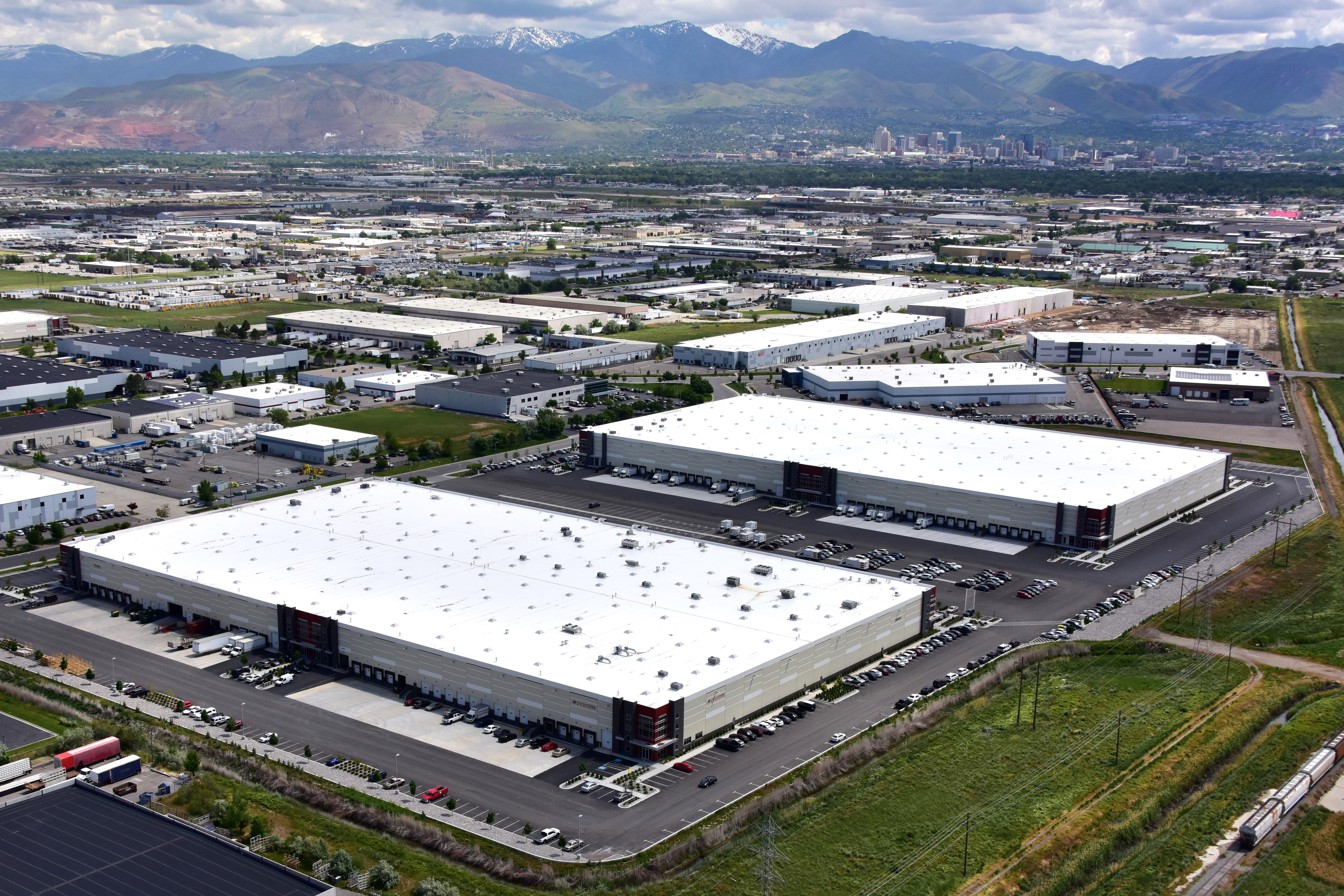The EDCUtah Project Pipeline Push: Five Questions for Colby Cooley

April 7, 2022
Colby Cooley was named EDCUtah’s vice president of business development in the fall of 2020. We caught up with him to get his perspective on the project pipeline and other aspects of his team’s efforts.
When you think back on the last year and a half, what stands out?
The single biggest takeaway for me is the sheer, continuous pace – the consistently high level of project activity that the Business Development team is tackling. The pipeline is at a record high, and some 60% of the projects are focused on manufacturing and distribution, so each BD manager has picked up their fair share of this category.
Manufacturing and distribution projects are more complex in terms of real estate parameters and often take more time to manage than an office project does. Over time, our team has become more knowledgeable, and that knowledge has created efficiencies that have been vital in supporting the heavier load.
As a side note, our investors have been incredible resources. They have been our instructors in this “Master Class in Manufacturing.” Our contacts in the base are experts who have been generous with their time, and who have been patient in explaining the market to our BD staff.
Give us a snapshot of the project pipeline.
Specifically let me talk about December, since that represents the halfway point of our fiscal year. We had 87 new projects, compared to 65 at the same time last year. And our project wins also increased year over year, from 15 to 23. So you can see our team is handling things deftly.
We’re also busy on two initiatives: the Know the Customer (KTC) program and the Global Strategy & Outreach (GS&O) program. In January, for example, our team and partners connected with five Utah companies for KTC interviews, four of which will be converted into projects in the coming months. Theresa Foxley hit the road mid-month for a life science-focused recruitment campaign to the San Francisco Bay Area with our partners from the Governor’s Office of Economic Opportunity (Go Utah) and the BioHive. The team took part in 13 meetings with interested businesses across two days.
I also had the opportunity to travel to Dubai for Arab Health, a life science-focused trade show in partnership with the World Trade Center of Utah. At the conference and across 19 meetings, the energy and optimism were excellent to see. International companies in the life science space are clamoring to enter the U.S. market.
In March, Erin Farr and Dan Royal of Go Utah traveled to the East Coast on a GS&O tour and had a full slate of meetings.
What are your projections for the balance of FY22?
With the caveat that we don’t yet know the full economic impact of the war in Ukraine, I expect more of the same through the remainder of the year. Demand is high, projects are large, and our team is super busy.
One interesting indicator is the number of site visits. Between March 7 and 18, our team hosted five individual client groups for site visits. This represents 25% of our annual goal of 20 companies visiting Utah, per our contract with Go Utah. While this is an exceptional pace, we couldn’t be happier. We know that the opportunity to host a client in-market—where they can experience the setting, culture, and community firsthand—is the best indicator for our ability to win the project outright.
Another quirky recent indicator: we track our projects in Salesforce. A few weeks ago, our Salesforce administrator had to go in and adjust the numeric size of the Project CAPEX field. We just enrolled our first 11-digit project…$10 billion.
What are some trends that your team is seeing emerge from all this activity?
One, we’re starting to see some daylight in office projects. Though not at 2019 levels, the number of active IT and financial services projects is steadily ticking upward.
Two, our KTC program tracks Utah’s net promoter score as a place for doing business. Utah’s NPS is 87.3. That’s very high, and we know of no other economic development organization in the country tracking this metric. It’s great data to share with prospective companies.
Three, as we know from our discussions with site selectors, anything having to do with electric vehicles is a very active space. We have a half dozen battery projects in the pipeline right now.
Lastly, a healthy number of life sciences projects are embedded in the manufacturing & distribution category. The efforts of the State, Salt Lake City, and BioUtah’s BioHive community are paying off.
Any other priorities for the coming year?
We prioritized investment in our BD team and other staff as they weathered this rapid transition in the pipeline and increased demand on their skillset and craft. This includes a combination of compensation increases, career pathing, professional development training, and flexibility in balancing work-from-home and work-from-office. Our new office space, with its amenities and programmable space, is part of that investment.
This investment in our team is only possible with the resources that the new investor funding model brings to our organization. I’m grateful for our supporters for all their backing, both in finance and in brainpower, to make our efforts possible.
Next time you find yourself in downtown Salt Lake City, please stop by our new space. We’d love to hear what you’re seeing in your own pipelines and show you around our new digs.
For more information on EDCUtah projects, visit our newsroom.






